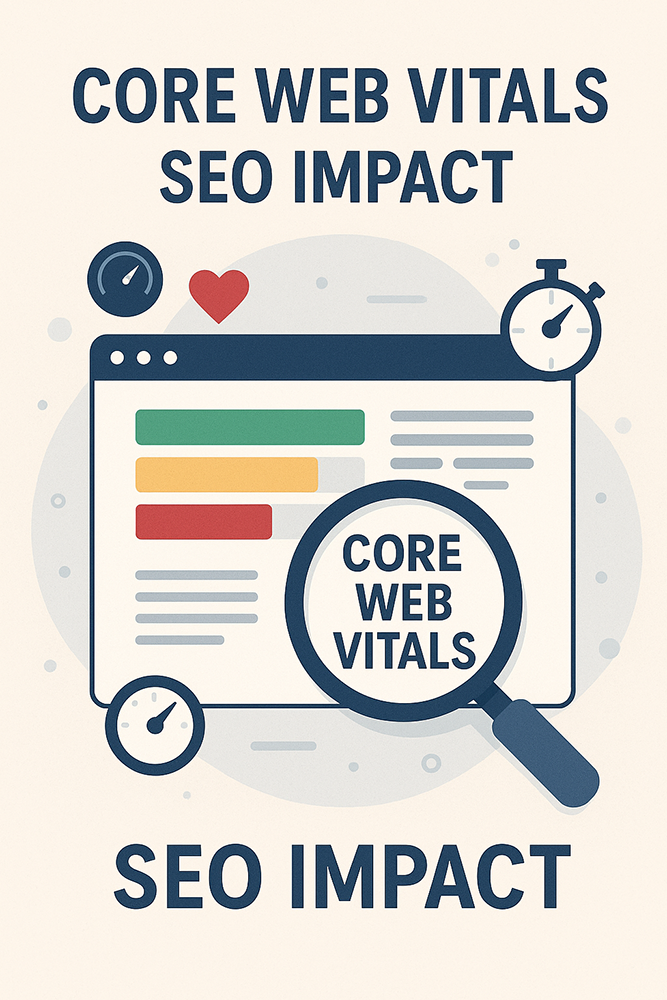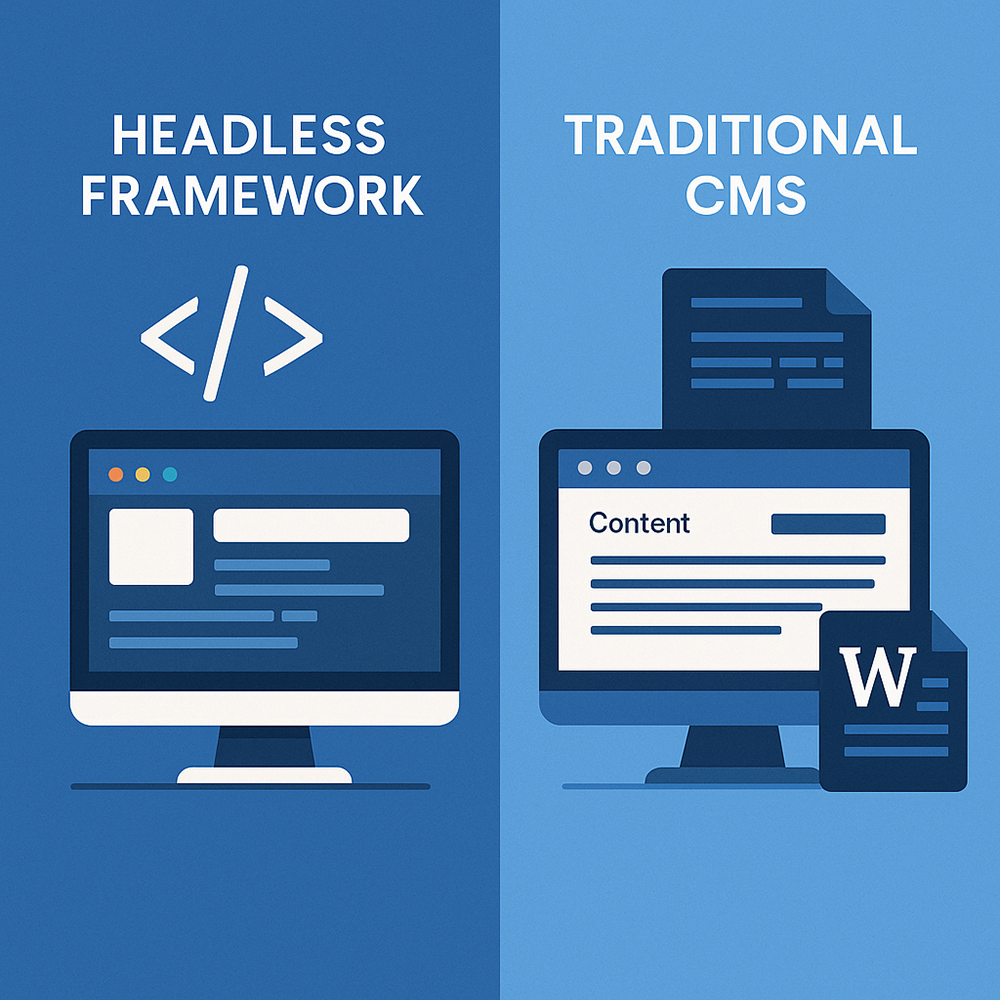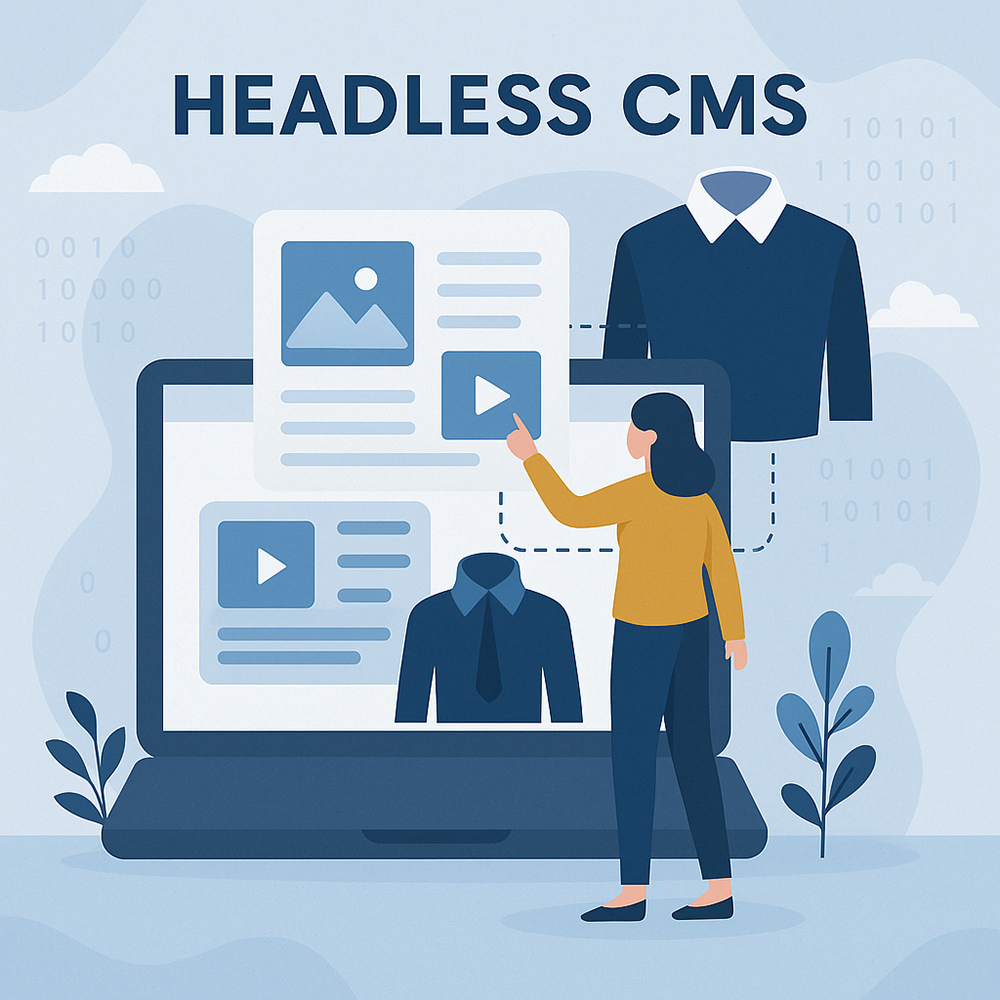In the ever-evolving world of Search Engine Optimization (SEO), Google continuously refines its algorithms to prioritize user experience. A significant part of this evolution is the introduction and emphasis on Core Web Vitals. These are a set of specific, measurable factors that Google considers important in a webpage’s overall user experience. Understanding and optimizing for Core Web Vitals is crucial for any business aiming to improve its search rankings and provide a superior experience to its visitors.
What are Core Web Vitals?
Core Web Vitals consist of three specific metrics that measure different aspects of user experience:
- Largest Contentful Paint (LCP): This measures loading performance. LCP reports the render time of the largest image or text block visible within the viewport, relative to when the page first started loading. A good LCP score is 2.5 seconds or less.
- First Input Delay (FID): This measures interactivity. FID quantifies the time from when a user first interacts with a page (e.g., clicks a button, taps a link) to the time when the browser is actually able to begin processing event handlers in response to that interaction. A good FID score is 100 milliseconds or less.
- Cumulative Layout Shift (CLS): This measures visual stability. CLS quantifies the amount of unexpected layout shift of visual page content. A low CLS score means the page elements don't jump around unexpectedly, providing a smoother user experience. A good CLS score is 0.1 or less.
Why Do Core Web Vitals Matter for SEO?
Google has explicitly stated that Core Web Vitals are a ranking factor. This means that websites with better Core Web Vitals scores are more likely to rank higher in search results, especially when combined with other strong SEO signals like relevant content and good backlinks. Here's why their impact is significant:
- Enhanced User Experience: At their core, Core Web Vitals are about making websites more enjoyable and efficient for users. Faster loading, smoother interactions, and stable layouts lead to happier visitors, who are more likely to stay on your site, engage with content, and convert.
- Improved Search Rankings: As a direct ranking signal, optimizing these metrics can give you a competitive edge. In a crowded market, even small improvements can make a difference in visibility.
- Reduced Bounce Rates: Users are impatient. A slow or unstable website will quickly lead to visitors leaving your site (bouncing). Good Core Web Vitals help retain users, signaling to Google that your site is valuable.
- Better Conversion Rates: A positive user experience directly correlates with higher conversion rates. If your site is fast and easy to use, visitors are more likely to complete desired actions, whether it's making a purchase, filling out a form, or signing up for a newsletter.
- Future-Proofing Your SEO: Google's emphasis on user experience is only going to grow. By optimizing for Core Web Vitals now, you're aligning your website with future SEO trends and ensuring long-term success.
How to Optimize Your Core Web Vitals
Improving your Core Web Vitals involves a combination of technical and content optimizations:
- Optimize Images: Compress images, use modern formats (WebP), and implement lazy loading to improve LCP.
- Minimize Render-Blocking Resources: Reduce or defer CSS and JavaScript that prevent your page from rendering quickly to improve LCP.
- Preload Critical Assets: Use
<link rel="preload">to fetch important resources earlier. - Reduce Server Response Time: A fast server response is crucial for LCP. Optimize your server, use a CDN, and consider server-side rendering.
- Optimize JavaScript Execution: Minimize main-thread work and break up long tasks to improve FID.
- Avoid Layout Shifts: Specify dimensions for images and video elements, avoid inserting content above existing content, and use CSS transforms instead of properties that trigger layout changes to improve CLS.
- Use Caching: Implement browser caching and server-side caching to speed up repeat visits.
Regularly monitor your Core Web Vitals using tools like Google PageSpeed Insights, Google Search Console, and Lighthouse. These tools provide actionable recommendations to help you identify and fix issues. By prioritizing Core Web Vitals, you're not just chasing a ranking factor; you're investing in a better, faster, and more stable experience for your users, which ultimately benefits your business.
Ready to Elevate Your Business?
Whether you need a stunning new website, a powerful marketing strategy, or robust IT solutions, Lumora is here to help. Our team of experts in Dubai is ready to turn your vision into reality.
Contact Us Today


